Hair transplant: what results 1 year after?
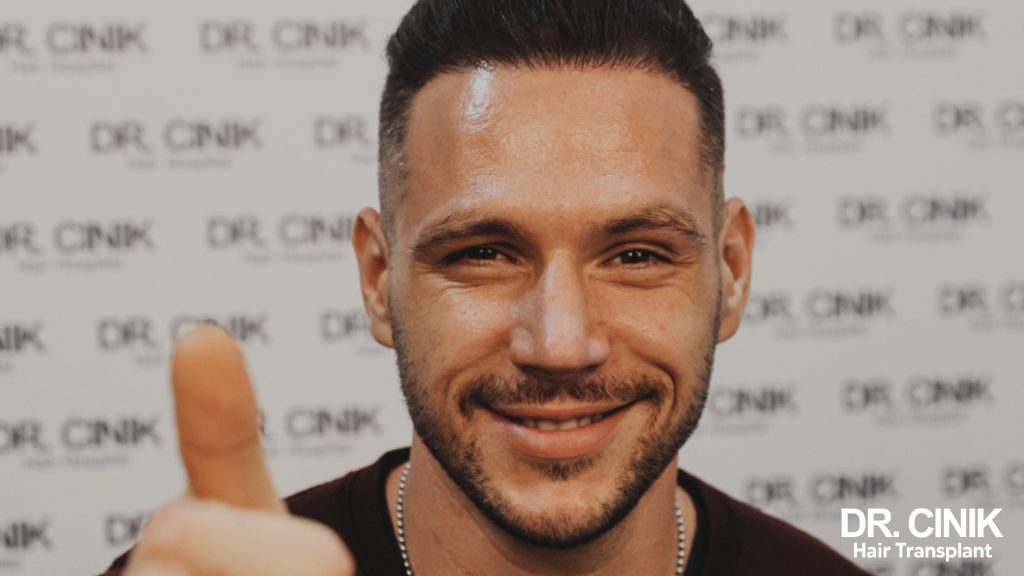
Sommaire
After a period of growth that can vary depending on the individual, it’s generally after a year that we can appreciate the effectiveness of a hair transplant. What changes can be anticipated, and what does the hair look like one year after the operation? Find out what results to expect 1 year after a hair transplant, as well as Dr. Cinik’s advice on preserving your new hair.
What your hair should look like 1 year after a hair transplant
Overall visual appearance
We expect to observe a significant transformation one year after a hair transplant. Transplanted hair should have adopted a texture similar to that of natural hair, blending undetectably with the latter. The increased density contributes to a fuller overall visual appearance, and the natural lines of the hair should be restored, offering a homogeneous, harmonious result.
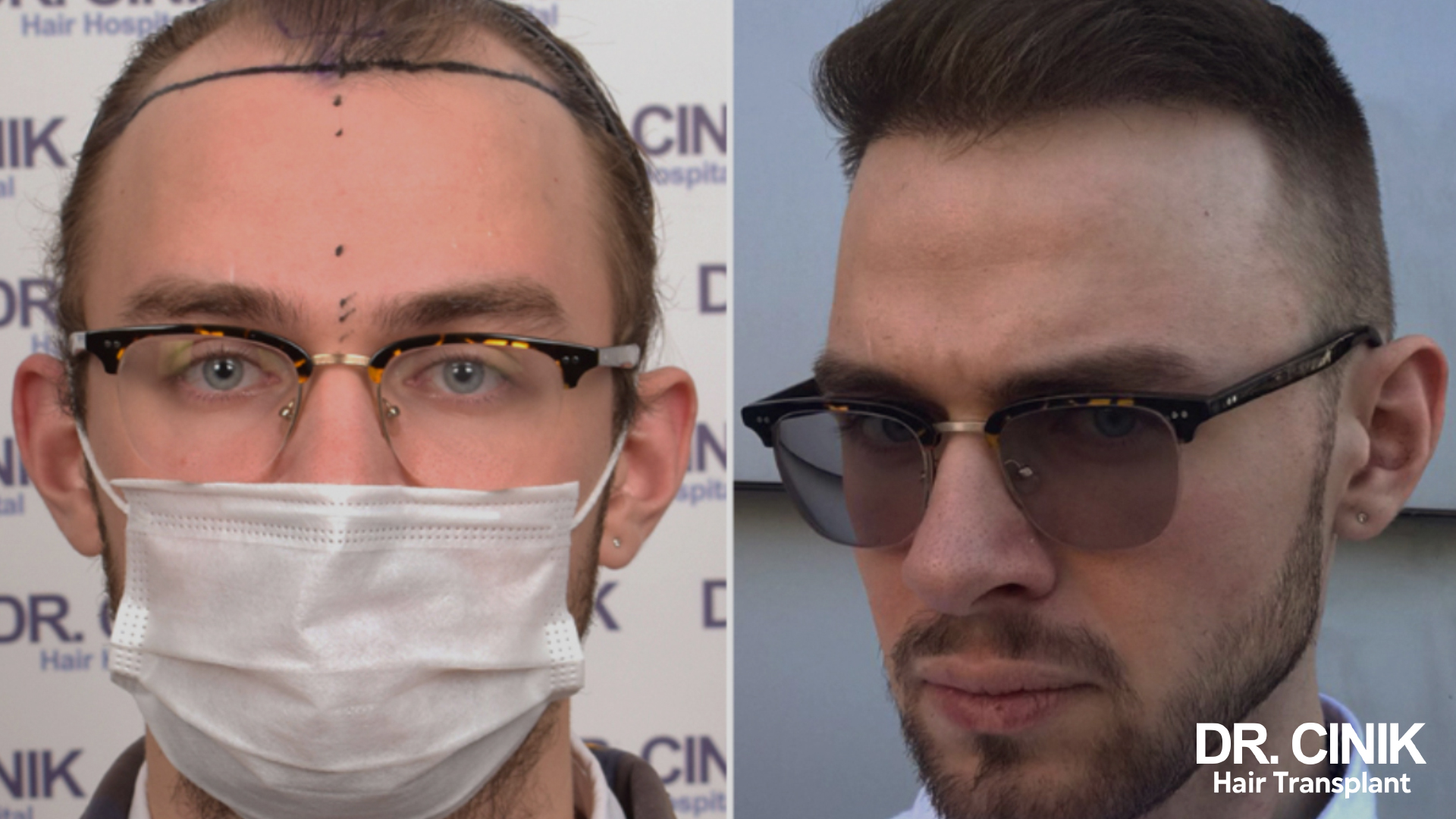
Although results are generally appreciated after one year, it’s important to note that some patients may require additional time, up to 15 months, to see the final, definitive result of the transplant. This additional period allows the hair to perfect its density and integration with the existing hair, ensuring a completely natural appearance.
One year after the operation, maintain a healthy lifestyle to preserve your hair
It’s essential to understand that hair transplantation, while highly effective in restoring hair to a younger, denser state, is not a definitive solution against the progression of androgenetic alopecia.
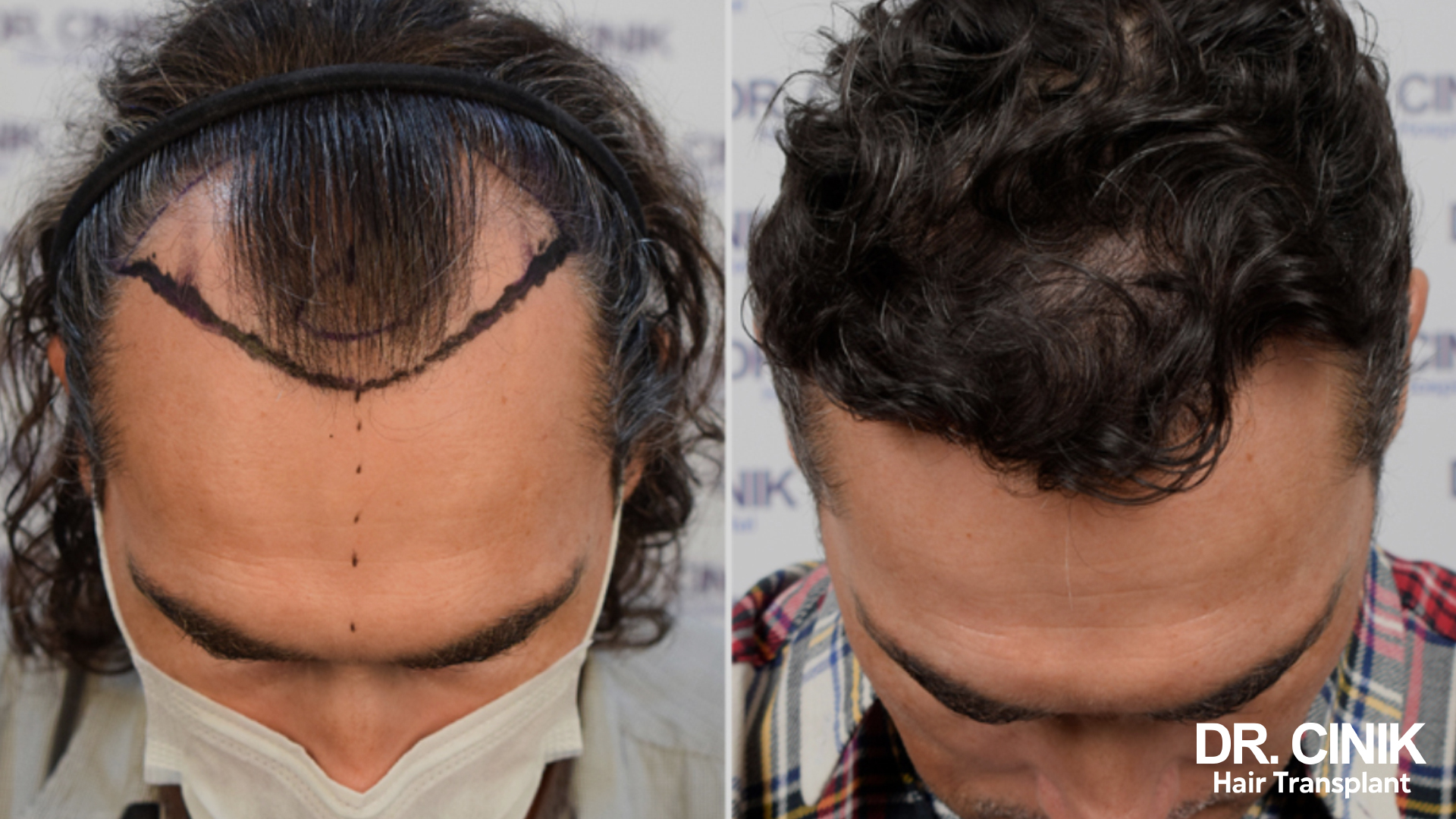
One year after the operation, it is crucial to maintain a healthy lifestyle to preserve the results obtained and slow down the process of hair loss. This involves a balanced diet rich in nutrients essential for hair health, effective stress management, regular physical activity, and avoidance of harmful practices such as smoking.
Appropriate hair care and the use of professionally recommended preventive treatments can also help maintain healthy hair and limit the effects of androgenetic alopecia over the long term.
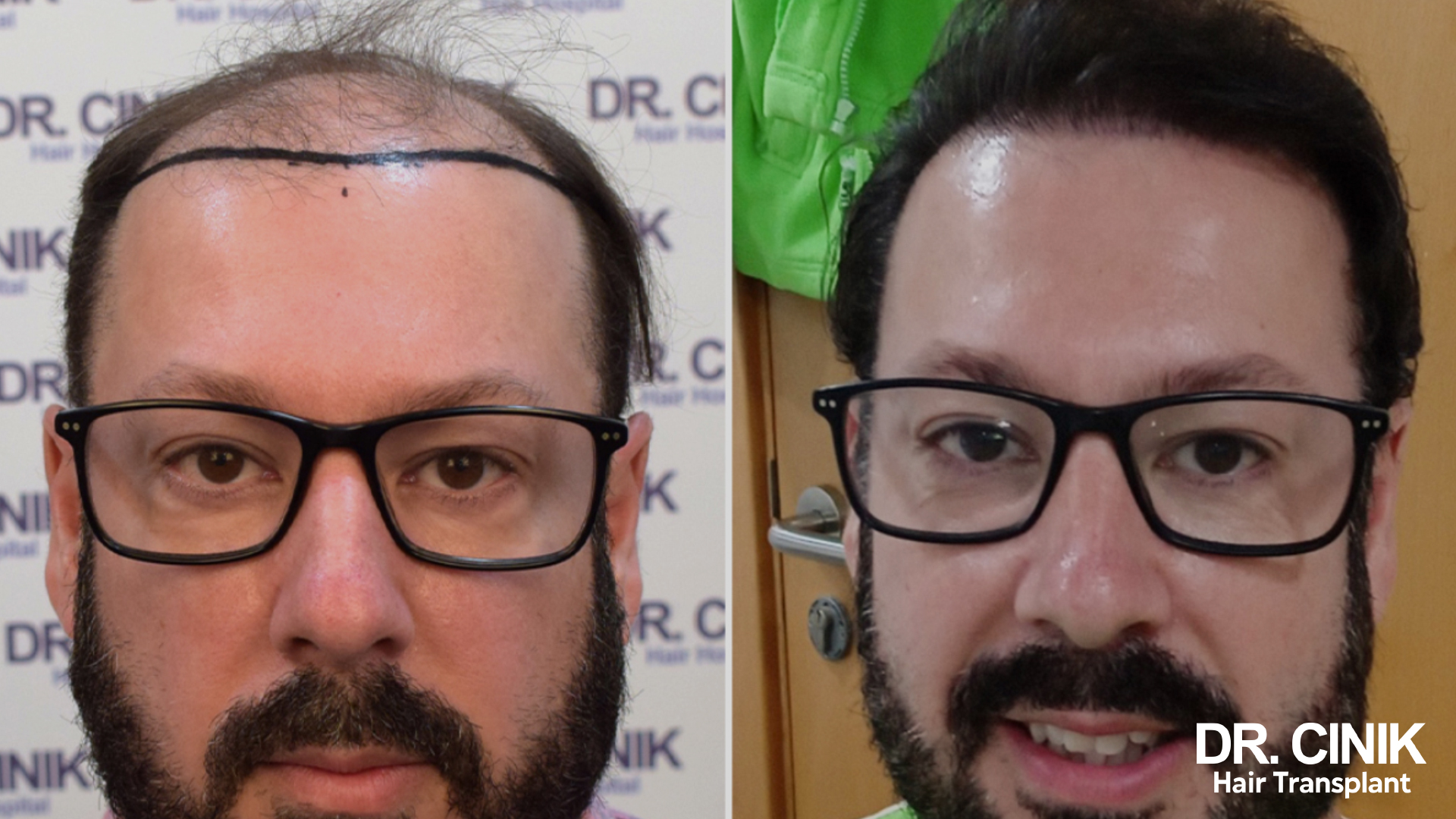
Healthy habits
Adopting healthy habits is crucial to your overall health, including that of your hair, especially after a transplant. Here are some recommended practices to promote the health of your hair:
- Restorative sleep: aim for 7 to 8 hours of quality sleep a night. Sleep promotes cellular repair and can influence the health of your hair.
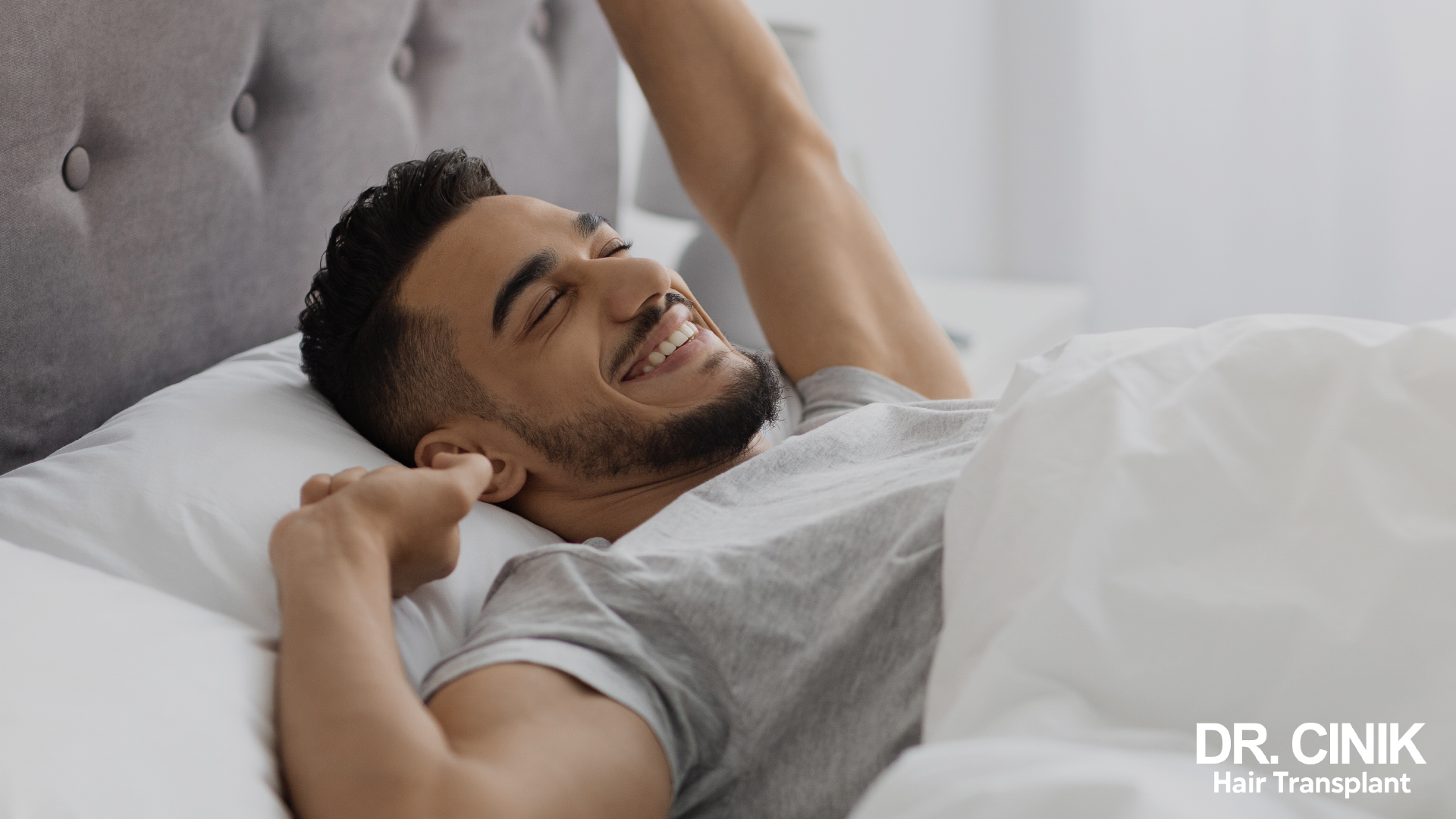
- Regular physical activity: exercise improves blood circulation, including to the scalp, which can help hair growth. However, be sure to follow your surgeon’s instructions regarding the time you need to wait before resuming physical activity.
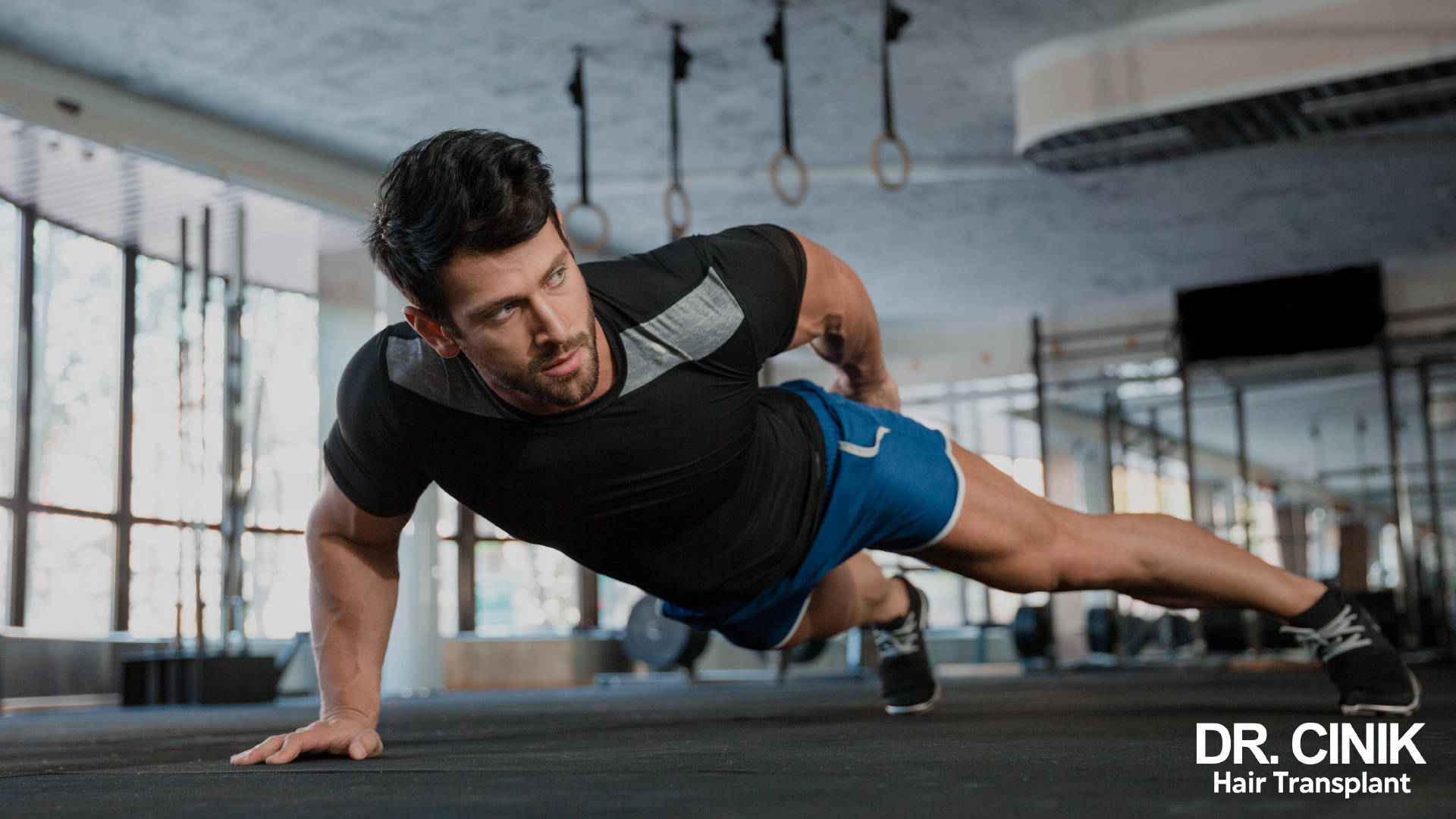
- Good stress management: stress can exacerbate hair loss. Techniques such as meditation, yoga or deep breathing can help.

- A healthy, balanced diet includes proteins, omega-3 fatty acids, vitamins and minerals, all of which are essential for healthy hair follicles.

- A reduction in cigarette and alcohol consumption: smoking can affect blood circulation, and alcohol can have a negative impact on hair health.
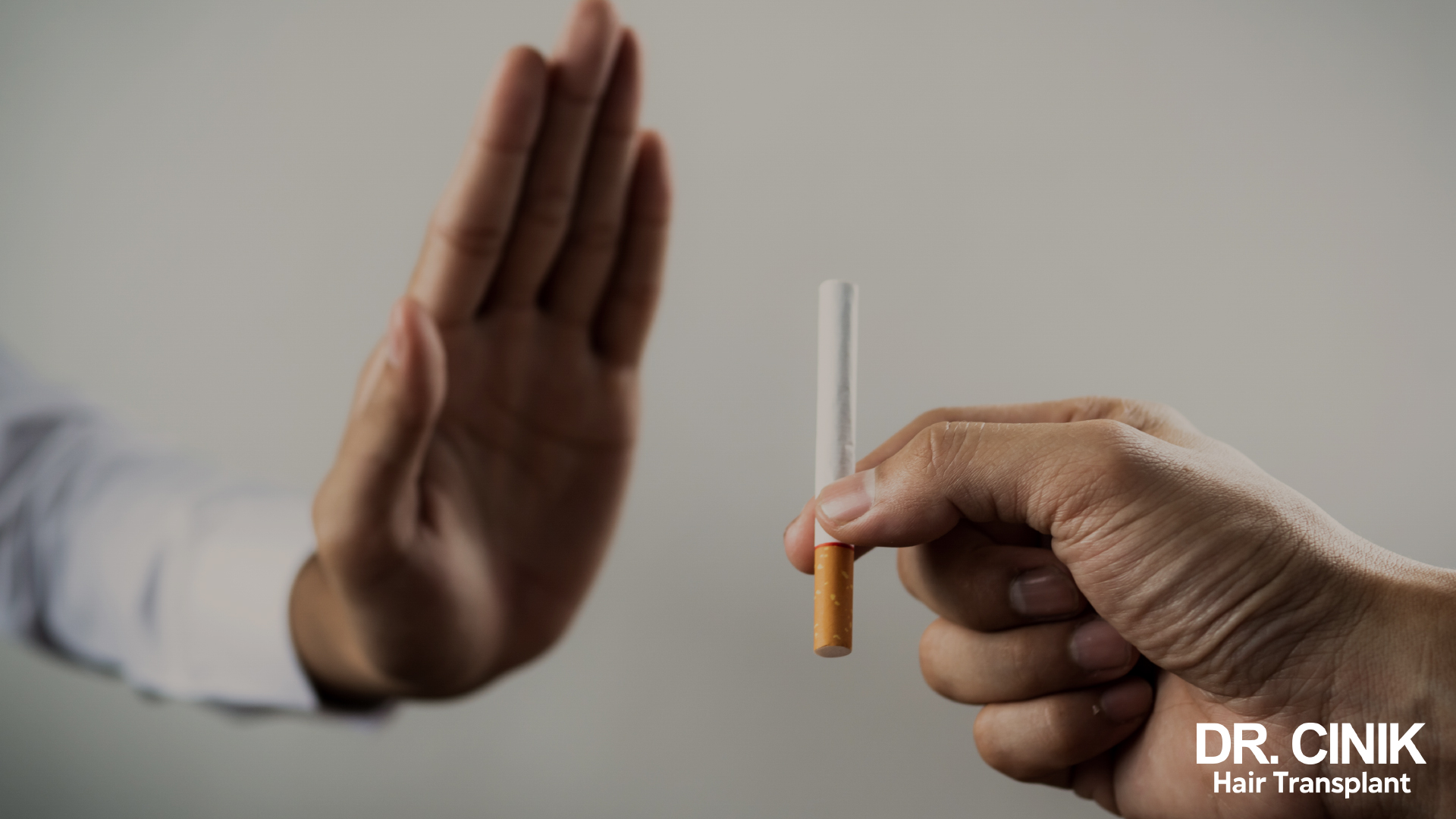
Adjunctive treatments
Supportive treatments play a key role in maintaining healthy hair after a transplant.
Supplementation with key nutrients such as zinc, iron and B vitamins, especially biotin, is crucial to support hair growth and strengthen hair follicles. These supplements can help compensate for dietary deficiencies that can affect hair quality.
In parallel, mesotherapy sessions can be prescribed. This method involves direct injections of nutrients into the scalp, which can improve hair density and quality.
Platelet-rich plasma (PRP) treatment may be recommended for those requiring additional support. This treatment uses the patient’s own blood, treated to be rich in platelets and reinjected into the scalp, promoting repair and stimulation of the treated areas.
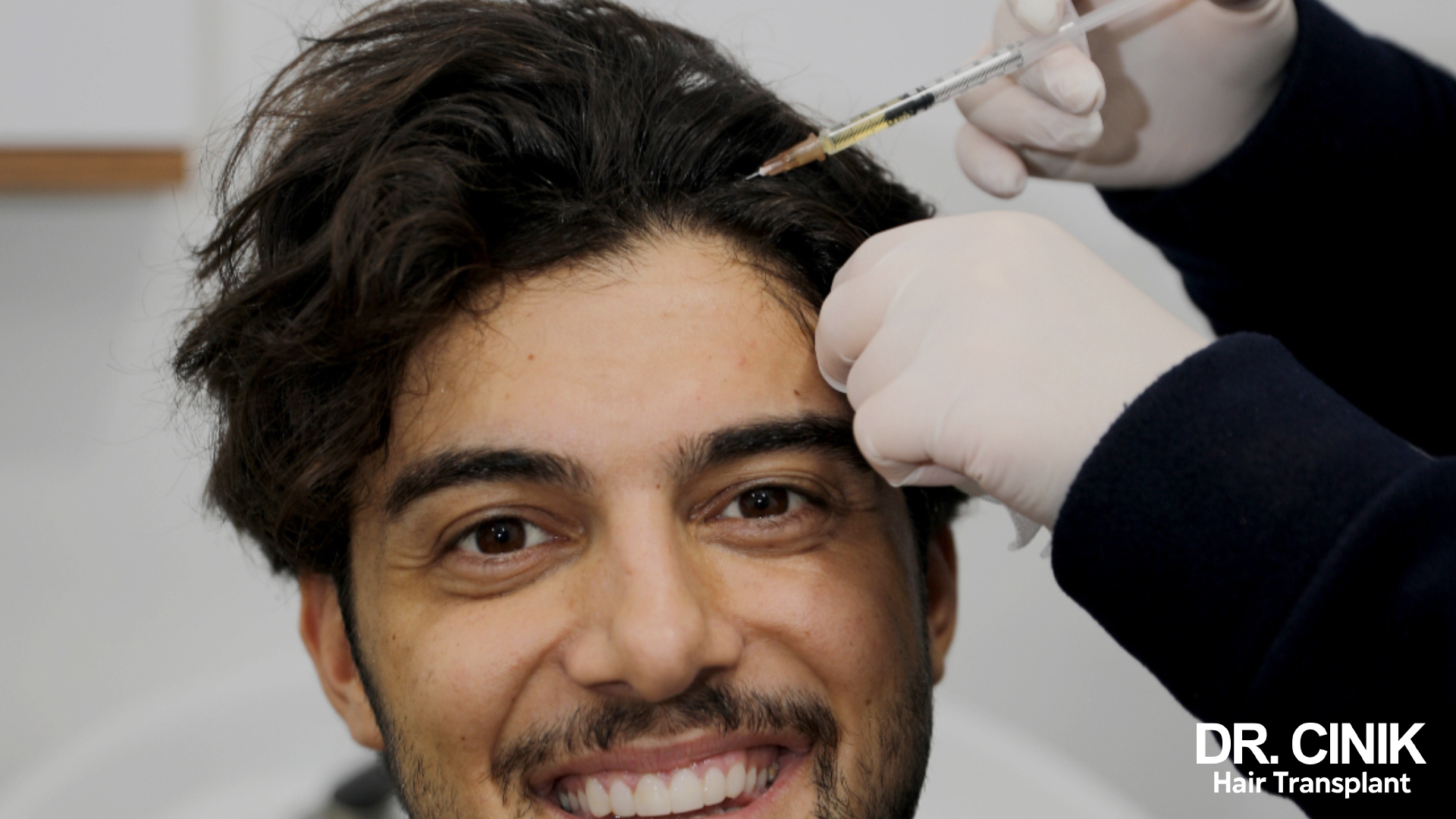
One year after a hair transplant, patients can generally look forward to convincing, stabilised results. A balanced lifestyle is crucial to maintain them: a healthy diet, adequate sleep, physical activity and stress management. Limiting the use of harmful substances such as tobacco and alcohol is also strongly recommended.



